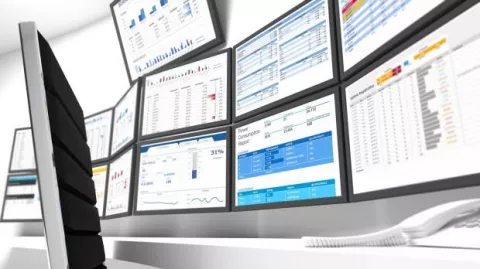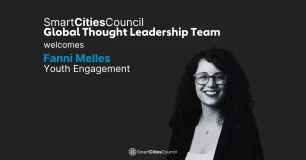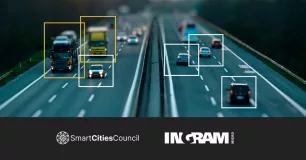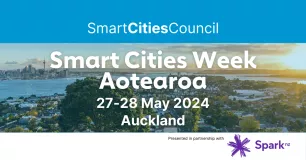
If the COVID-19 pandemic has taught us anything, it's that resilience and agility can be a matter of survival.
Those small businesses who were agile and pivoted swiftly continued to trade. Those companies with robust continuity plans kept the lights on, and staff working from home. Those cities that had the systems and capacity to convert data into insights, and share those across departments quickly, were able to more accurately inform their recovery investments.
Above all, our observations were that those who had digitally connected assets, operations and people (who could collaborate) were able to swiftly optimise. And with constricting budgets, this capability, or aspiration to achieve this capability, will become the norm.
But one must ask the question - how can we fully optimise this process? How can we bring disparate data sets and people together to ensure more real-time performance management and decision support?
Could it be the single pane of glass - the integrated operations centre?
AVEVA, a global leader in operations and performance optimisation, recenlty sponsored an SCCANZ engagement session around Digital Twins for Cities. And in their Digital Twin work, AVEVA position their Unified Operations Centre model as a backbone functionality for the dynamic data platform that is the Digital Twin. They firmly believe that 'visibility' drives performance.
So why visibility, and what does it look like?
To put it simply - if you want real time, you need visibility. Visibility drives performance, is key to collaboration and therefore your ability to make decisions around key city-wide and cross-department challenges.
It's important to note that when the most critical operations and decisions need to be managed, we use operations centres. Our emergency services, traffic operations, bushfire crisis and cyclone response and recovery efforts are just some of the instances where we embrace the 'operations centre' approach to decision making and recovery.
In all of these scenarios, a common formula - in-person collaboration around a 'single pane of glass', lit up by real time data and insights.
So, does this not beg the question - "what is the optimal visibility of a digital twin, in a city context?"
Well, we asked the question of our guests who joined us for the Digital Twins for Cities session and the responses were curious.
Sean Audain from the City of Wellington confirmed their ability to immerse (via VR) key decision makers 'in situ' was a powerful tool for securing support for their Digital Twin program. But then the ability to scale out and engage the community was equally important. Dr Graeme Kernich from FrontierSI supported the application of the operations centre as a valuable tool, but also confirmed the value of bringing the twin 'into the browser' for everybody, to fully realise the benefits of the Twin.
So could there be some interesting intersection points that lie between the Digital Twin and the operations centre that remain unexplored. We believe so.
We also know that COVID-19 is depleting the financial capital of many cities, resulting in the need for hyper-efficient operations to drive savings, and possibly new sources of revenue.
With core enablers like cloud, edge, IoT and AI, operations centre-powered Digital Twins could be an approach to optimising city operations to deliver safer, more reliable and efficient city services at a time when we need to move from just aspiring to those outcomes, but deliver on them.
Because if we rely on these operations centres in our times of most need - like emergencies and disasters - why would we not approach our day to day city operations and performance with the same level of urgency?



